Swiss Diversity: The Future of Inclusive Workforce Management
Perpetual skill gaps are slowing progress in Switzerland’s bustling tech industry – what can leaders do to navigate the rocky road ahead?
Candidate retention is the key to success in today’s fast-moving market, and while diversifying the talent pool is a dependable fix, retention isn’t possible if the workplace isn’t prepared to be inclusive.
While Switzerland has made progress in bolstering workforce representation, the Alpine nation has fallen down the gender parity rankings in recent years (losing eight places on the global annual equality index 2023).
Tech remains woefully imbalanced when it comes to gender – take DevOps Engineering jobs for example, where according to LinkedIn data, just 11% of the workforce is comprised of women.
The workforce is calling out for a more equitable working environment, a sentiment reflected at our latest Women in DevOps event in Zurich. Thank you to everyone who made the event unforgettable and of course to our panel of experts for their invaluable insights:
Lauren Langdell - Founder & Chair @ Women in DevOps
Barbara Lisa - Director of Transformation and Change @ Beyond Gravity
Greta Deats - Technical Programme Management Lead @ Microsoft
Marianne Charaf - Partner @ itopia
Merce Borrull - Head of Customer Touchpoints and Mobility Services @ Swiss Post
Hamlet D'Arcy - Group Programme Manager @ Microsoft
Lucia Palumbo - Head of Technology @ Hitachi Technology
Check out our event video at the end of this blog!
It’s common for businesses to want change without knowing where to start. Here at Women in DevOps, we’ve had the privilege of collaborating with a wealth of speakers, industry leaders, and tech pioneers who represent a broad spectrum of perspectives – here are some of the most commonly cited foundations of workplace inclusion.
Psychological Safety
High-performing teams have the confidence to disagree with one another. They have the platform to challenge ideas, listen, take risks, and lead with empathy and understanding.
This is psychological safety in action. Codified by Amy Edmonson in 1999, psychological safety is the ability to speak out without fear of judgment or humiliation. It’s the ideal destination for any inclusion initiative, but it needs buy-in from a good leader. Team leaders can help achieve this for the team by:
Inviting and acting on feedback
Swapping blame for trust and responsibility
Encouraging and platforming diverse perspectives
Including their team in the decision-making process
Recognise the unique needs and learning styles of each individual
Building a sense of psychological safety in the workplace takes time, it’s not an overnight phenomenon, nor can it be achieved through a passive approach to diversity and inclusion. A measured, proactive approach to D&I, spearheaded by leadership is the most effective way to build a better sense of belonging. Leading with kindness is a good place to start.
Cultural Competence
It’s not enough to hire diverse talent, businesses need to move the dial. We see a common challenge in leaders hiring diverse talent, and completely failing to recognise the cultural competency required to manage a diverse team.
This isn’t necessarily a negative – it represents a chance to learn, to grow, and to ultimately create a more inclusive and representative environment, strengthening your talent pipeline in the process.
That said, the greater the representation at the senior leadership level, the higher the likelihood you’ll have managers with the cultural competency needed to manage diverse teams to begin with.
‘You can’t be what you can’t see,’ is an adage that rings true. If you never see someone who looks like you in a position of power, there’s every chance you didn’t know that role was open to you to begin with.
Developing cultural competence often involves:
Unconscious bias training
Mutual mentorship
A willingness to learn
Developing community initiatives
Building an awareness of other perspectives and experiences
Building self-awareness
Approaching representation through the lens of intersectionality
Create Metrics
You can’t measure progress without a benchmark. What are you trying to achieve? Setting achievable, relevant targets based on the demographics you operate in, the areas you’re hoping to move into, employee sentiment, and pay equity is a good place to begin.
Swiss regulators have imposed a target of 30% representation per gender at the executive board level by 2026, reflecting broader paradigm shifts toward a more equitable working world.
Support from Women in DevOps!
If you need help searching for a meaningful new career in an inclusive, growth-enabled environment, then Women in DevOps is here to support you! We’re a community on a mission to promote gender equity, close the DevOps gender gap and inspire the future leaders of the technology world.
If you’d like to join the conversation in person, the Women in DevOps team will be returning to Switzerland very soon, and we can’t wait to unveil our plans for our next event! In the meantime, find out more about our movement by visiting our website: https://www.trinnovogroup.com/women-in-devops.

